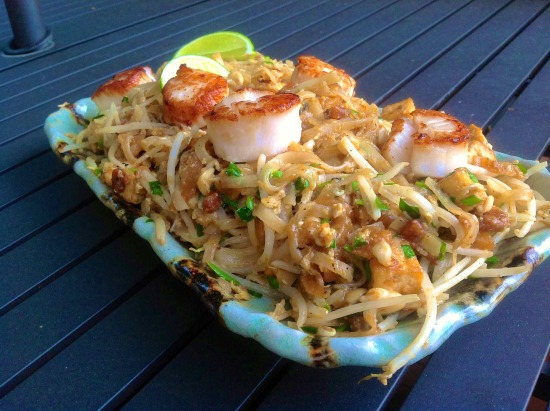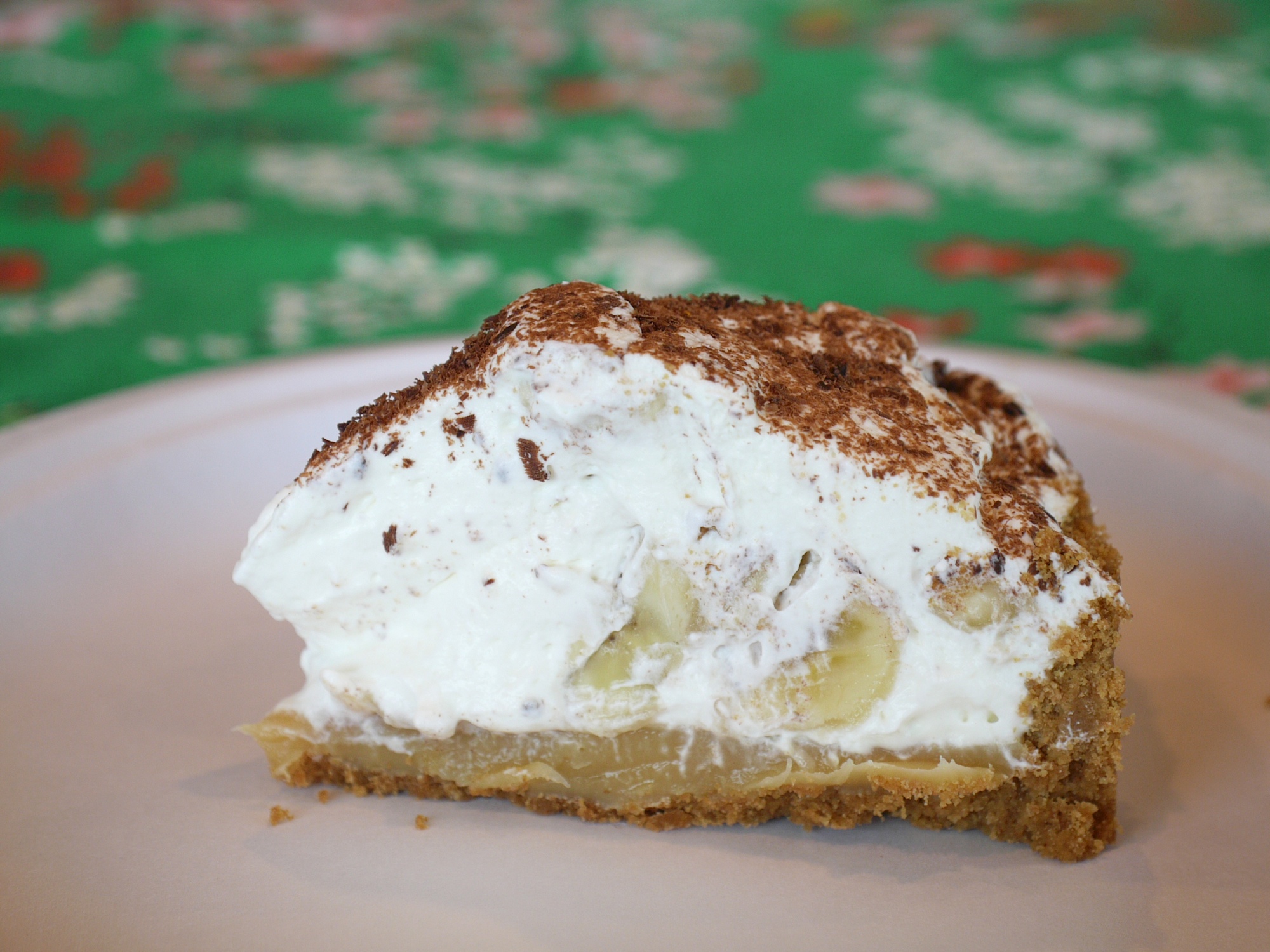 I am obsessed with Chinese food. Especially “real” (authentic) Chinese food. Not that I don’t love the Americanized Chinese food, fried and covered in globby sauces bragging neon colors not found in nature. Come on, admit it, you like it. You don’t want to admit it, but you do. My friend Henry says, “Even bad Chinese food is better than no Chinese food at all.” I completely agree.
I am obsessed with Chinese food. Especially “real” (authentic) Chinese food. Not that I don’t love the Americanized Chinese food, fried and covered in globby sauces bragging neon colors not found in nature. Come on, admit it, you like it. You don’t want to admit it, but you do. My friend Henry says, “Even bad Chinese food is better than no Chinese food at all.” I completely agree.
I’ve spent quite a bit of time in China over the years thanks to a job that has enabled me to manage business relationships in Southeast Asia. Of all the places I’ve been lucky enough to experience, China is the place that feeds my passion. I love visiting the big cities like Shanghai and Beijing. Seeing the Great Wall for the first time, shopping in the food and hawker markets, trying to bargain for the perfect souvenirs to take home—all of these are so different than what I had in my mind as my “normal.” I just couldn’t get enough. Getting outside of those cities to see daily life in more rural areas is absolutely stunning.
A few years back, David and I decided to take a trip with an Australian tour company called Intrepid Travel and explore the country for a few weeks. They had tours tailored for 4-star dining and foodies all the way down to “Roughing It” packages. These packages were significantly cheaper, guaranteed you “Chinese 4-star” hotels and had a higher physical rating. We opted for this both to save money and to experience as much of the real deal as we could. We’d never done an organized tour before and feared the visual we had in our heads of blue-haired grannies with oxygen tanks being carted from tacky tourist spot to tourist spot in an air-conditioned bus. The tour was NOTHING like we expected. We had the time of our lives and made some life-long friends. In spite of the hotels being a bit rougher than we expected, they were clean. We navigated the language barrier and had a good laugh staying in places where we were forewarned about getting a call at 10:30 p.m. from downstairs asking if we wanted “special massage.” Tempting as that is for some, we passed on the opportunity to have our Happy Ending.
One of my favorite stops was Xi’an, home of the famous Terra Cotta Warriors. The warriors are magnificent, but it was the street outside the Muslim mosque area that completely grabbed my attention. This was Chinese street food unlike anything I’d ever tried: Crispy pastries filled with lamb, Sichuan peppercorns, chiles and aromatics. Mutton soup with hard crumbs of bread soaking in and absorbing all that richness. Hand-made noodles in the most aromatic and comfort-food-happy broths. I was in heaven.
This past year, I had the opportunity to return to Xi’an for a work meeting and I was determined to learn to make some of the dishes I kept talking up to my friends and the team. I arranged for us to take a private dumpling and hand-pulled noodle making lesson at our hotel with the chefs from their main restaurant. I bargained my way behind the counter of one of the street food stalls to learn to make the dish I loved.
 I bought every English-translated cookbook they had at the city’s main bookstore -- and a few Sichuan and Hunan cuisine books that weren’t translated. (The advantage of having a bunch of bossy Chinese women in your life is that they’ll gladly help with translations and will even MORE gleefully tell you how and why everything you are doing with the recipe is WRONG WRONG WRONG!!!!!!!) The problem is, there aren’t many English recipes for the street food dishes I loved the most. As a matter of fact, I didn’t even know what my absolute favorite was called until I read about it in Fuchsia Dunlop’s memoir, “Shark’s Fin and Sichuan Pepper,” chronicling her time at the Sichuan Culinary Institute in Chengdu. I’m re-reading the book now, because I’m heading there in a couple of weeks for an intensive two-week cooking course at the same school.
I bought every English-translated cookbook they had at the city’s main bookstore -- and a few Sichuan and Hunan cuisine books that weren’t translated. (The advantage of having a bunch of bossy Chinese women in your life is that they’ll gladly help with translations and will even MORE gleefully tell you how and why everything you are doing with the recipe is WRONG WRONG WRONG!!!!!!!) The problem is, there aren’t many English recipes for the street food dishes I loved the most. As a matter of fact, I didn’t even know what my absolute favorite was called until I read about it in Fuchsia Dunlop’s memoir, “Shark’s Fin and Sichuan Pepper,” chronicling her time at the Sichuan Culinary Institute in Chengdu. I’m re-reading the book now, because I’m heading there in a couple of weeks for an intensive two-week cooking course at the same school.
I mentioned this dish, “Guo Kui,” to a Chinese colleague who lives in Singapore and lamented that there are no English recipes out there for the version I remembered. He offered to check some Chinese language websites and sent a few links (with pictures) to me to see whether any of them linked up with my memory of the dish. One did, so I copied the recipe and sent a plea for help to my bossy ladies. My friend Kairu offered to assist and had her mother translate the recipe for us, taking great glee when her mother asked if I knew what it meant to “fluff meat.” No, really, it’s an English translation of a real cooking technique. “Bitch, please,” I replied with an instant eye-roll. “I know how to do BOTH versions of that expression.”
Last weekend we gave it a try, made a few tweaks and came up with a version pretty identical to that which I remember. There are many versions of Guo Kui in china. Some are thicker and doughier, served as a large heavy roll to accompany dishes. Some are cut and filled with braised meats or vegetables, making a “Chinese Hamburger.” This version is the one I remember most fondly though, and is the one Fuchsia Dunlop references in her book (I checked with her on twitter and she was kind enough to confirm). TRY this dish. It’s very simple and quite delicious and I guarantee you’ve never had anything like it before. And if you like this type of food, don’t miss the opportunity to try more authentic Chinese cuisine from Fuchsia Dunlop’s other books. They’re some of the most used and most referenced books in my collection.
锅盔 Guo Kui
Ingredients:
Flour – 2 cups, plus more for dusting/rolling
Water – 3/4 cup (may need a little more, depending on your dough)
Lamb, ground – 1 lb.
Sichuan Peppercorn Powder – 2 tsp
Garlic – Minced - 1-2 Tbsp
Ginger, minced – 1 Tbsp
Ground cumin – 2 tsp
Dried Hunan (if you can find them) Chiles, or red chile flakes – 1 Tbsp
Chile Oil – 2 tsp
Scallions – 1 bunch, green and light green parts, thinly sliced into rings--as thinly as you can slice them.
Salt – 1 tsp
Soy Sauce – 2 Tbsp
Peanut oil, for frying and as needed
Lard (optional), as needed
Instructions:
Finely chop ground lamb with a cleaver for 5 minutes (or if grinding your own, use the finest setting and then chop with a cleaver until uniform).Add sichuan peppercorn powder (you can make this by lightly toasting sichuan peppercorns in a hot dry pan for 2-3 minutes until they pop, and blitzing in a strong blender or food processor. Strain through a fine mesh sieve to avoid the hulls) minced garlic, ginger, cumin, chiles and chile oil, scallions, salt, soy sauce and a teaspoon peanut oil to the chopped lamb.
Mix well with chopsticks, and toss meat against the side of the bowl for 2-3 minutes to “fluff” it, and create a lighter texture. (If you’re unsure how to do this, ask your mom. I can guarantee she’s a champion meat-fluffer from WAY back).
Mix flour and water in a stand mixer with a dough attachment (My lazy white man way) or mix by hand. You want the dough to come together and it should be quite soft. We used just over 3/4 cup of water for 2 cups flour. Knead until very soft and pliable. Add another tablespoon oil (or if you want to be authentic, a tablespoon of lard. Trust me--the flavor is great), knead again until the fat is incorporated into the dough, place in a bowl and cover with a warm towel. Let it rest for 30 minutes.
Knead the dough one more time, roll into a log about 2 ½ inches thick and cut into segments. The segments should be about 2 1/2-inches around and about an inch thick.
Preheat oven to 500 degrees Farenheit.
Lightly flour or oil your work surface and roll the dough into a rough rectangular or tongue shape. Brush with oil or lard and about a tablespoon of the lamb mixture. Starting at the short end, roll the dough down the length of the “tongue” until you have a small rolled bundle. Turn the bundle on its end and press it down flat. Roll into a thin pancake. (Don’t sweat it if some of the meat breaks through. You can dust with a little flour and when you cook it there will be no problem).
 Heat a medium skillet over medium-high heat and once hot, add about 3 Tbsp cooking oil. Once the oil is shimmering, add the guo kui one at a time, flipping the pancake after about 2 minutes. It should be lightly golden brown on both sides. Transfer to a rack and place in oven to crisp and drain for 3-5 minutes.
Heat a medium skillet over medium-high heat and once hot, add about 3 Tbsp cooking oil. Once the oil is shimmering, add the guo kui one at a time, flipping the pancake after about 2 minutes. It should be lightly golden brown on both sides. Transfer to a rack and place in oven to crisp and drain for 3-5 minutes.
 Serve guo kui on its own or if you’re a chile freak like we are, with some chile oil on the side.
Serve guo kui on its own or if you’re a chile freak like we are, with some chile oil on the side.


































